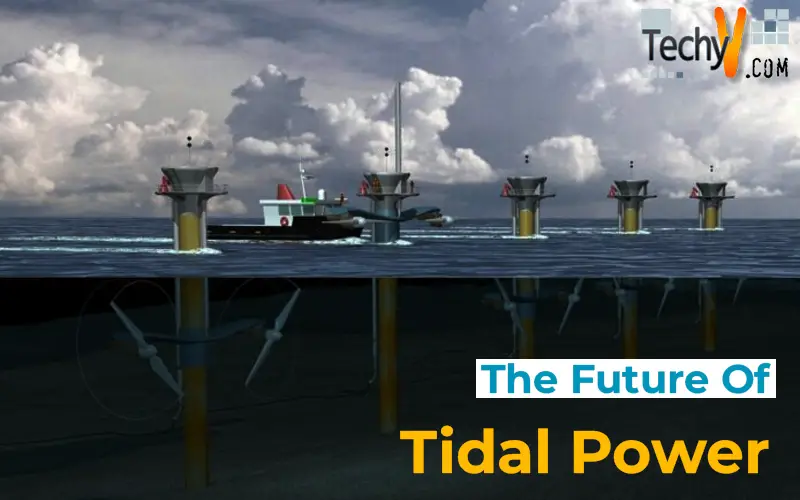In the arena of renewable power, tidal electricity is one of the extra abstracts, obscured factors of discussion. It’s now no longer almost as automatically evolved as hydroelectricity or biomass. And it in reality doesn’t call for the identical type of press as solar electricity or wind electricity. For the time being, tidal electricity’s status as a relative unknown might be deserved. Other types of renewable power deserve the highlight for what they’ve achieved to this point.
How Does Tidal Energy Work?
In short, tidal power is inside the gravitational and kinetic power of our planet’s massive bodies of water. The pull of the Moon, Sun, and rotation of the Earth creates the ebb and float of water. Every day, those astronomical forces flow a mind-boggling wide variety of liters of water. And in which water is transferring, there’s kinetic power that humans can harness. A turbine that converts kinetic power into electric power can harness the power that each one of this transferring water creates. This shape of power manufacturing is just like hydroelectric power, besides it doesn’t require falling water.
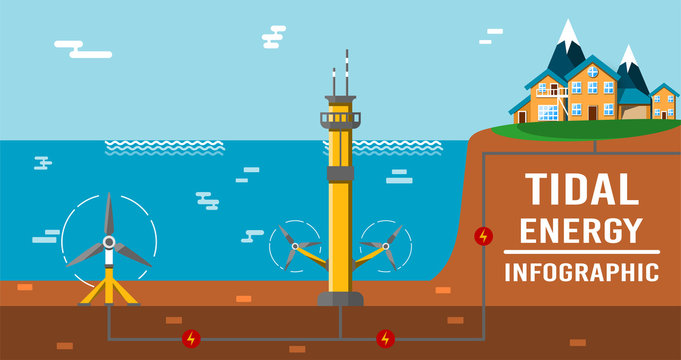
How Is Tidal Energy Produced?
Tidal Barrage
Tidal barrages are the maximum green manner of harnessing tidal power. They require the development of a dam-like shape that forces water at excessive speeds via a bottleneck in which a turbine is at. The better speeds of water suggest extra kinetic power, which in flip approach extra electricity. In many ways, that is like a hydroelectric dam gadget.
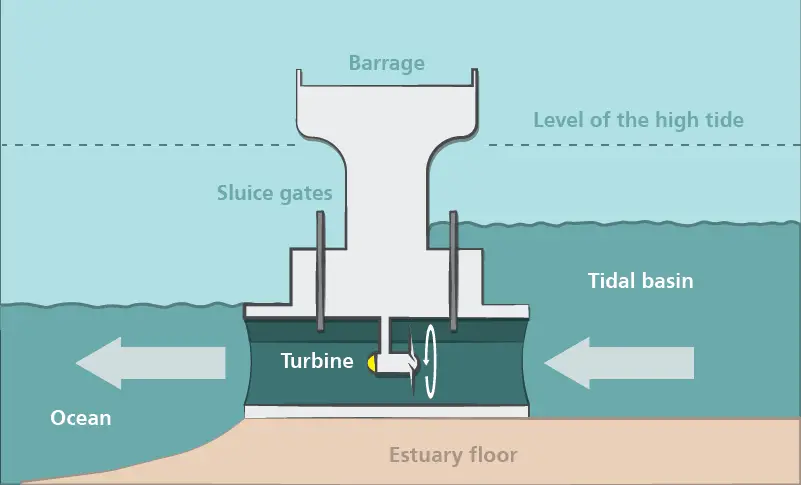
Tidal Turbines
This gadget features further than that of a wind turbine. People locate an easy turbine inside the water. There, the water passing over it could power the rotors. This kind might be the handiest of all of the structures and has a less expensive setup cost, even though it does produce much less power than others.
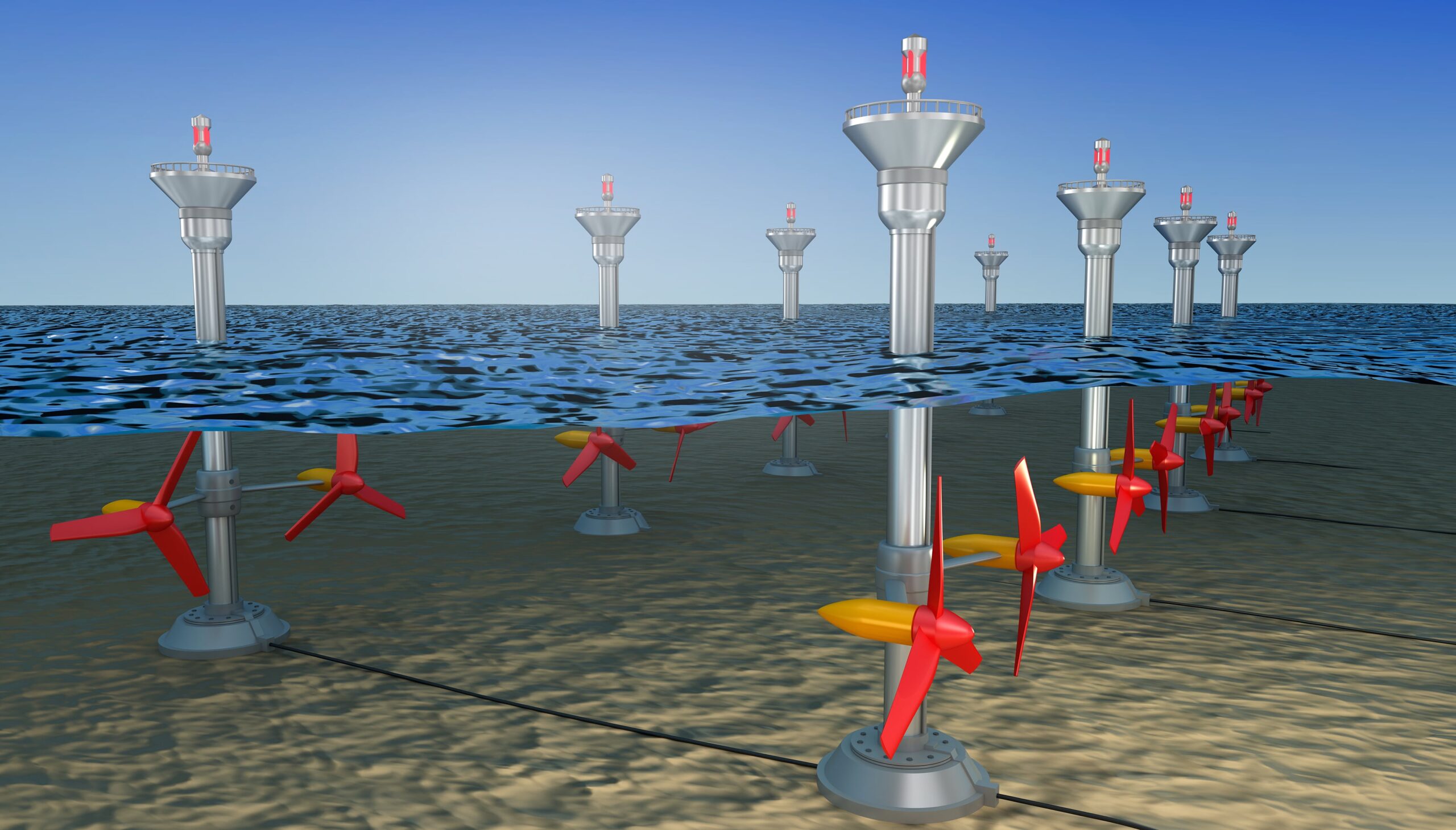
Tidal Fences
Tidal fences are comparable in layout to that of tidal mills however with one fundamental difference: a unique rotor. These structures use a turnstile-like layout that spins with the route of the water.
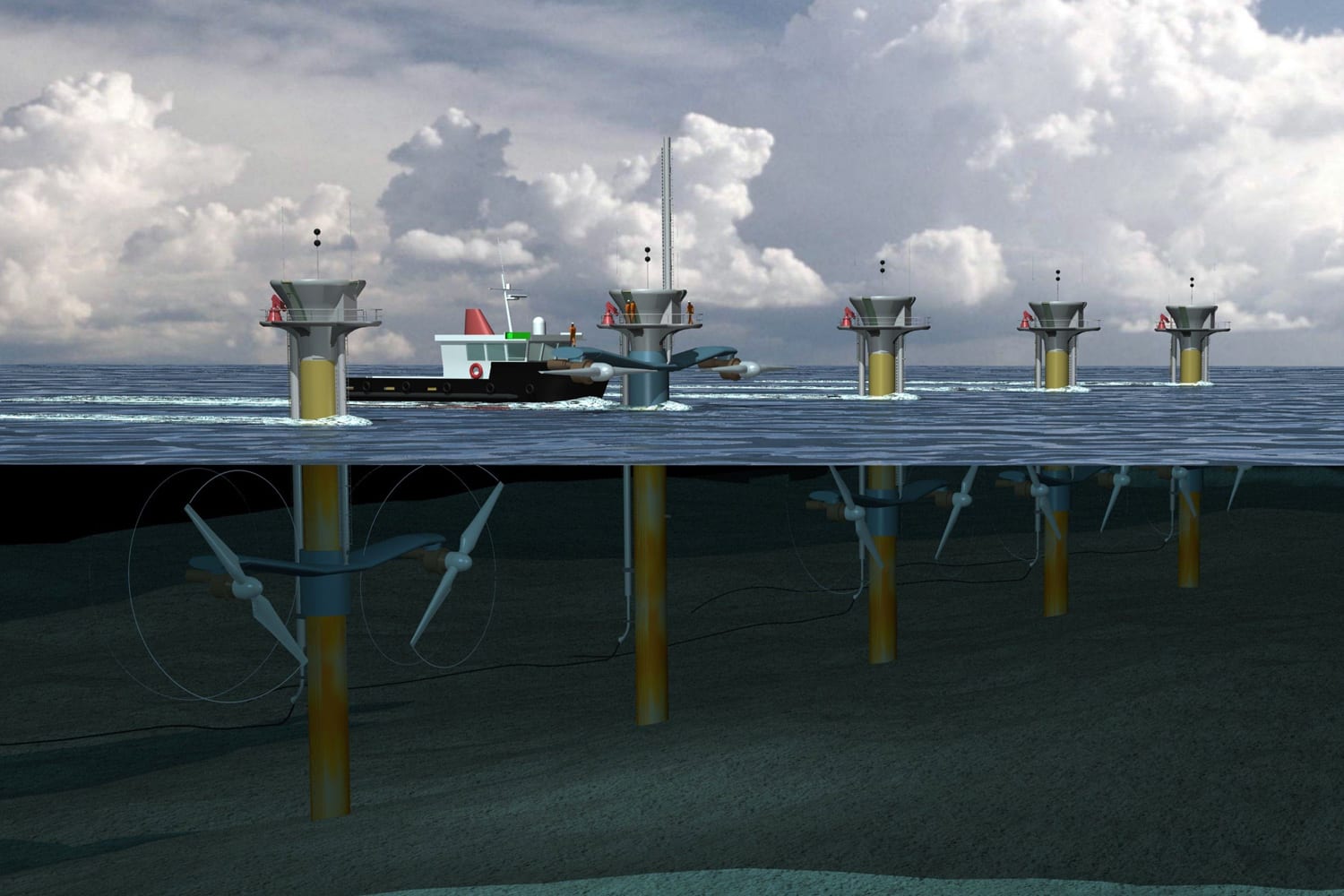
Pros of Tidal Energy
1. Clean and Renewable
Tidal power is as easy and renewable as any sustainable aid to be had to us today. It creates no pollutants and doesn’t absorb that a good deal of bodily area while in comparison to different renewable power structures.

2. Predictable and Reliable
Most regions revel in excessive tides and low tides consistent with day. This cycle is effortlessly anticipated and isn’t difficult to sudden adjustments in contrast to many different renewable resources. Some structures additionally harvest power from tidal currents no matter which route they’re flowing, permitting the manufacturing of power to head uninterrupted.
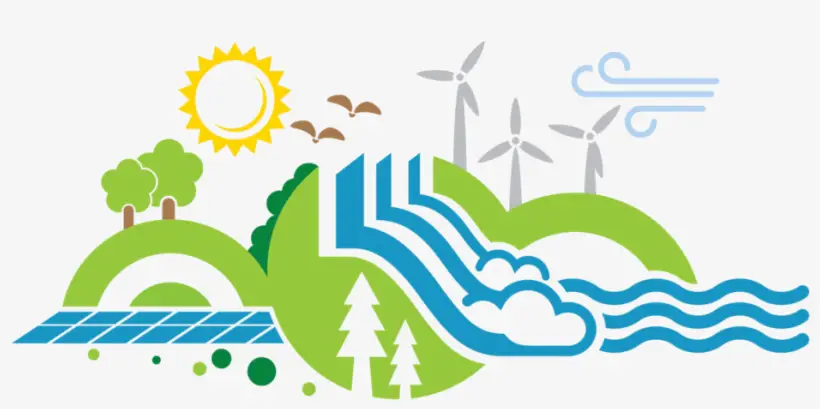
3. Long-Lasting Equipment
Tidal power structures are inherently age-resistant and feature lengthy life spans. The common estimate for maximum tidal structures is 75-a hundred years of operating use. In comparison, a sun panel generally degrades after a mean of 25-30 years. This converses time, power, and cash and is standard extra cost-effective while applied on a massive scale.
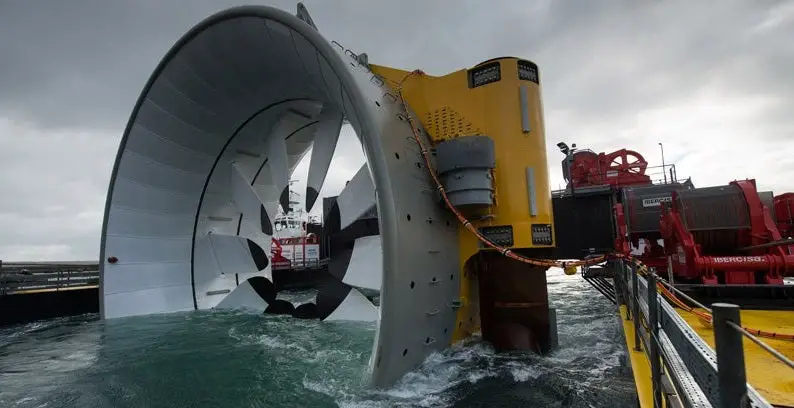
Cons of Tidal Energy
1. Environmental Impact
While putting tidal turbines below water can be pretty handy for humans, the identical can’t be stated for all of the critters of the sea. Since the structures require turbulent water to electricity them, a massive basis desires to be constructed. This sort of underwater creation can bring about habitat destruction.
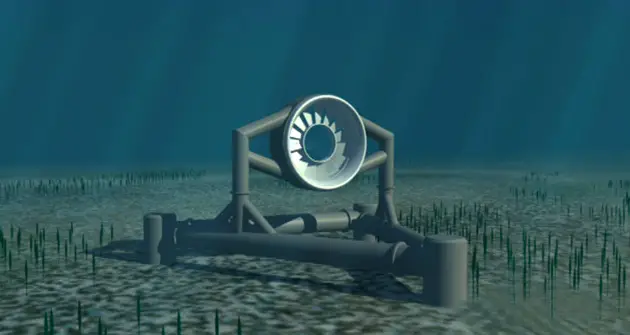
2. High Construction Costs
Building systems sturdy sufficient to face up to the turbulent, corrosive nature of seawater is in no way a reasonably-priced undertaking. Other renewable aid answers have less expensive in advance costs. The preliminary funding for those structures is frequently the largest wart at the face of capacity projects.

3. It Can Be Very Inconsistent
Some argue engineering flaws and technical mistakes like immoderate turbine failure rates, screw-ups in producing energy in the course of low water conditions, and sturdy currents stopping mills from working properly. Tidal electricity is likewise inconsistent as it is based at the tide. The tides aren’t continually constant, so it makes the electricity unreliable.

Conclusion
Tidal electricity flora can close a good deal longer than wind or sun farms, at around 4 instances the longevity. Tidal barrages are lengthy concrete systems generally constructed throughout river estuaries. These dam-like systems are stated to have a lifespan of around a hundred years.


